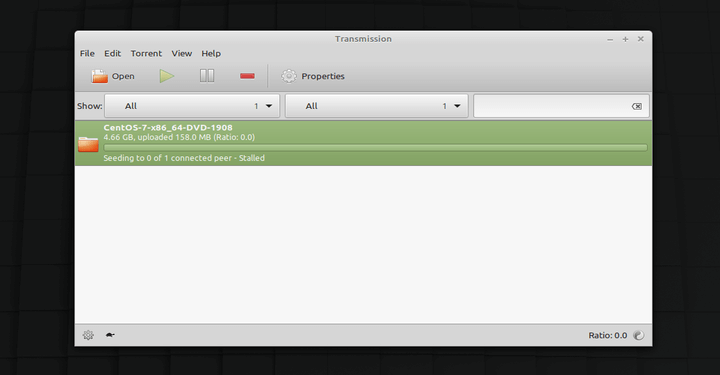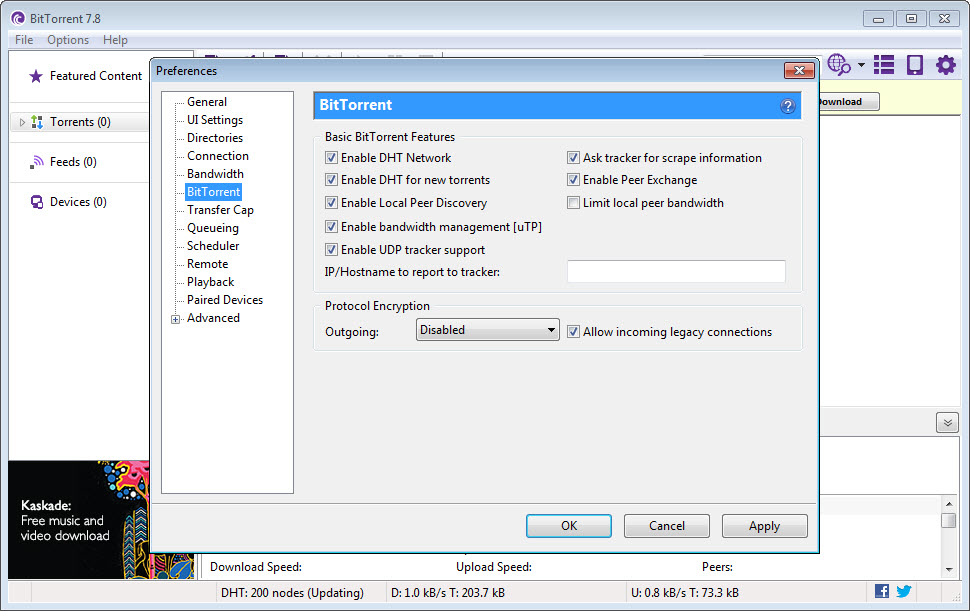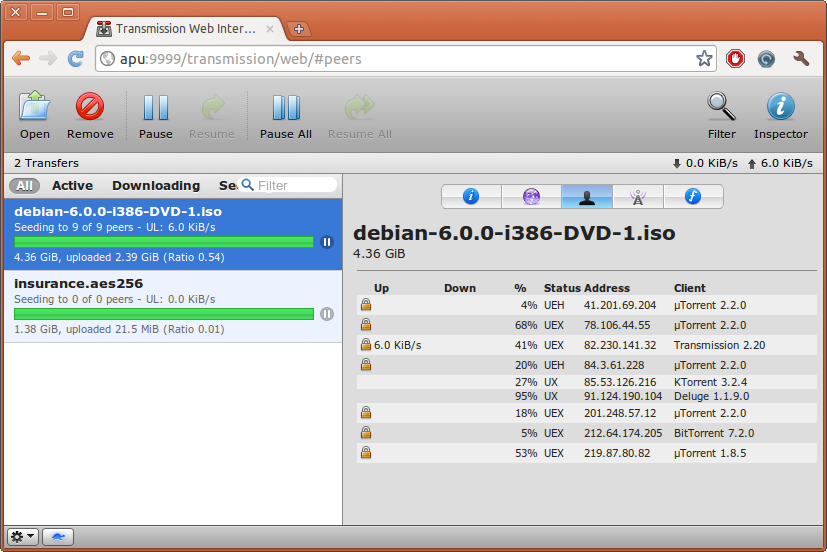
Step 2: Establish environment variables in Windows. I am going to keep everything in C:\docker and make sure that docker-user has full access to that directory.

Step 2: Create a user account in Windows for docker to use, I use docker-user as the name. If you have a home edition, you can easily upgrade to Pro by using a Windows 8 Pro key or other Pro serials you may already have. Step 1: Install docker for Windows from the docker website. Transmission-OpenVPN: transmission torrent client with intergrated VPN support. Watchtower: helps keep docker images updated.Ħ. Plex: I used to use Emby, going back to trying Plex as the media server.ĥ. Sonarr & Radarr: for organizing and automatically downloading tv shows and movies, respectively.Ĥ. Portainer: provides an overview of all the containers in a nice interface.ģ. You now don’t have to memorize all of the IP addresses and port numbers.Ģ. Organizr: Let’s you organize every app’s internal webpage into tabs on one dashboard.


I’m simply going to write the instructions to get a running media server on Windows 10 that has: Plex, Transmission-OpenVPN, Organizr, Portainer, Radarr, Sonarr, Jackett, and Watchtower.įirst, here’s what each application does:ġ. Hopefully it helps folks out, but I won’t go through any of the details they already cover. I thought I’d write this guide because I ran into some issues adapting to my Windows 10 setup.


 0 kommentar(er)
0 kommentar(er)
